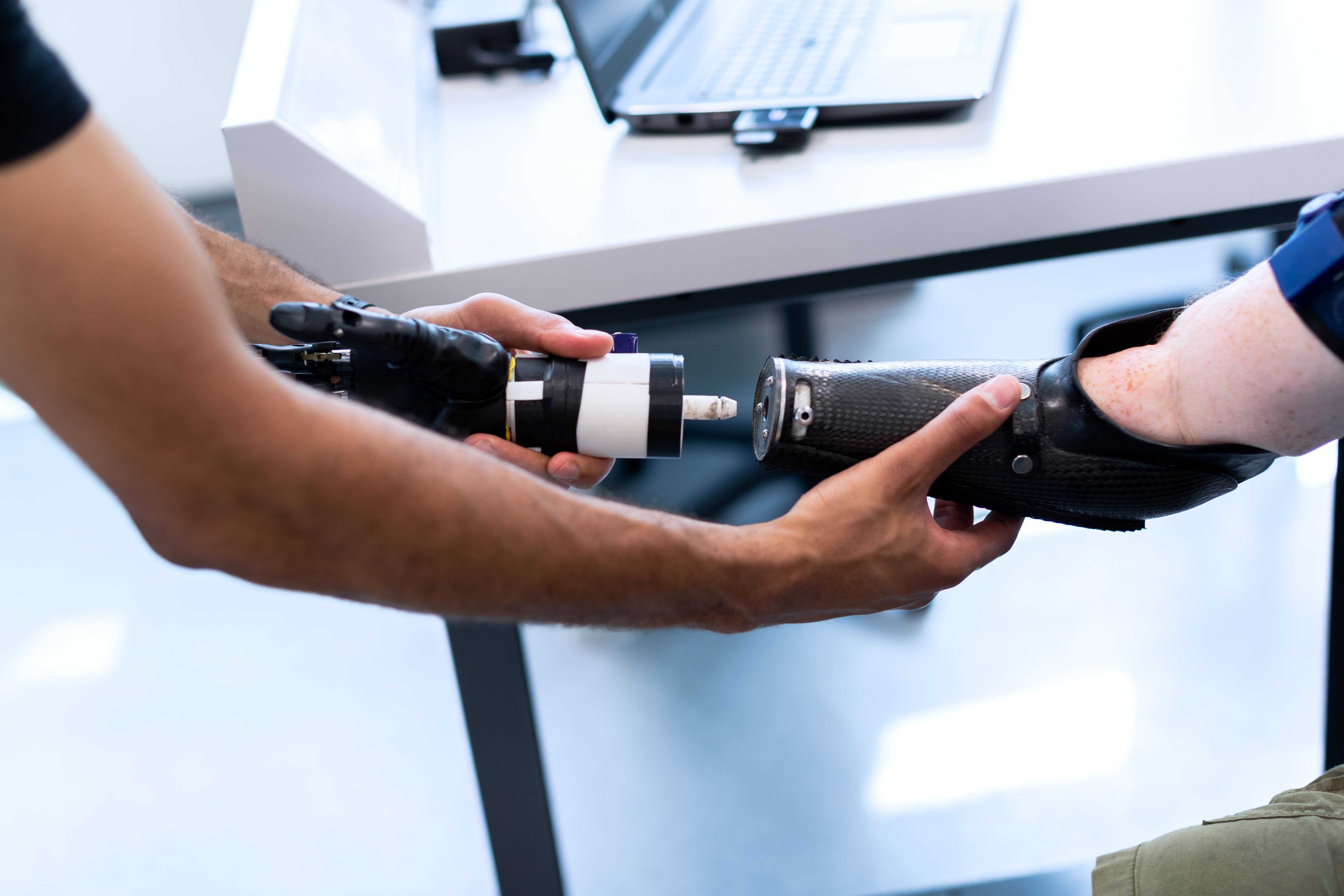
One could easily define prosthetics as artificial substitutes for a missing part of the body.
But while the purpose of prosthetics is clear, with millions around the world using them, there are many nuggets of information about these devices that are far less obvious.
Here are some of the more interesting and significant facts about prosthetics that you might want to know:
One-Size-Fits-All Prosthetics Don’t Exist
True prosthetics are all tailor-made for a specific amputee. No two individuals with limb loss are exactly alike, therefore no two prosthetics between different people should be exactly the same.
Anyone who tells you that someone’s prosthetic would be a good fit for another individual is either misinformed or dishonest.
When designing a prosthetic catered to a specific individual, multiple factors are considered.
The physical nature of one’s amputation is just one potential factor. Other considerations include a person’s height, weight, lifestyle, age and gender.
How Prosthetic Materials Have Evolved
The earliest known prosthetic dates back to 950 BC in Egypt, which was a wooden toe discovered on the foot of a mummy.
Eventually, the materials used in prosthetics expanded to include leather and iron.
Today, thanks to a focus on usability and efficiency, most modern prosthetics are made from lightweight materials such as advanced plastics, carbon fiber and titanium.
Haptic Feedback Can Replicate The Human Touch
Haptic feedback, also known as kinesthetic communication, is a type of technology that uses certain forces, such as vibrations or motions, to allow someone to experience the sensation of touch.
Prosthetic limbs can be equipped with this technology, allowing an amputee to experience the feeling of touch and pressure through that prosthetic.
Developments to replicate human touch don’t end there. There is also research on advanced prosthetic skin that can make the amputee feel both heat and touch.
Due to the more ‘natural’ look of this skin, this can help reduce the foreign sensation of having a prosthetic limb.
Some Prosthetics Can Be Mind-Controlled
In fairness, a mind-controlled prosthetic is an oversimplified term.
Officially, these devices are electric-powered prosthetic devices, otherwise known as myoelectric prostheses.
How such prosthetics truly function are through muscle signals. Your muscle contractions each emit an electrical signal, and these signals are then transmitted as inputs to the prosthetic, allowing it to move.
Prosthetics Can Be 3D-Printed
Generally speaking, a prosthetic arm can cost anywhere between RM4,000 to RM12,000.
It’s significantly more costly for a prosthetic leg, which can range between RM10,000 to RM20,000.
This pricing range isn’t set in stone, because adding special components and materials, or installing a computerised system into the prosthetic can significantly increase the cost.
Fortunately, some prosthetics can be 3D-printed with no issue, which can make these devices much more affordable for the average household.
A potential future evolution of 3D-printing is 3D-bioprinting, which would make it possible to use an amputee’s cells to create an organic, functional prosthetic for their use.
References
Ortheco Prosthetics (2021) 23 Interesting Facts About Prosthetics [Accessed 21 January 2024] Available at: https://www.orthecousa.com/post/23-interesting-facts-about-prosthetics
Ortheco Prosthetics (2023) 21 Mind-blowing Facts About Prosthetics: The Future of Human Mobility [Accessed 21 January 2024] Available at: https://www.orthecousa.com/post/21-mind-blowing-facts-about-prosthetics-the-future-of-human-mobility